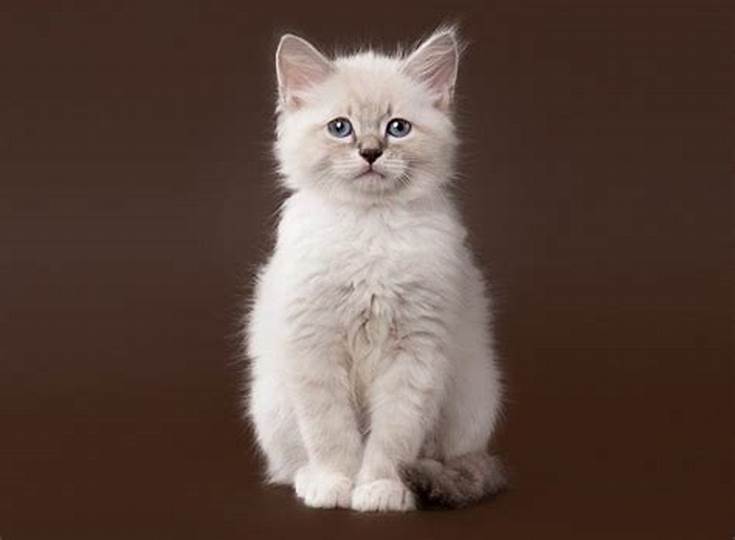
Nevada Cat|Nybyon Cat
In Europe in the 1960s, especially the United Kingdom, Russian Blue has a tendency to return to its original short stature and dark coat features.
Alias Isle of Man Tail, Medium Cat
English name Manx
Weight 3.5-5.5kg
Size Medium cat
Hair Length Shorthair
Origin UK
| Stickness: | Happiness: | ||
| drop Hair Level: | Body Odor: | ||
| Beauty Frequency: | Kids Friendly: | ||
| Be kind to strangers: | Animal Friendly: | ||
| Amount of exercise: | Trainability: | ||
| Saliva Level: | Cold Hardiness: | ||
| Heat Resistance: | city Fitness: |
History: The origin mentioned is believed to be from the British Isle of Man hundreds of years ago. Since many merchant ships were moored on the Isle of Man at the time, and all merchant ships were bred, it is very difficult to know who is the true ancestor of the Isle of Man. symbol of. In the Isle of Man records, it is described that the Isle of Man tailless cat was produced by a genetic mutation on the Isle of Man. The Isle of Man tailless cat has been recognized by the U.S. CFA for many years, and the oldest Stud Book, vol #19 also lists the sea as one of the breeds recognized by the U.S. CFA in the 1920s. Because the "tailless" gene of the Isle of Man free cat is dominant, when passed on to the next generation, kittens in the same litter may have full tails, short tails, little tails (rumpy risers) or no tails (rumpies) ). The Champion cat group of the CFA cat show only accepts Manx free-tails with rumpy risers or no tails (rumpies), while Hayman cats with other tail lengths can participate in AOV (Any Other Variety) group. Today, many female cats used for breeding actually have long tails, and how many super champion cats are bred from Hayman cats (whether male or female) with tails. Therefore, the Hayman cat with the tail provides a role in solidifying its pedigree in breeding.
|
Origin: UK |
Character: Good physical characteristics determine it good adaptability to the environment. The Isle of Man is sociable and gets along well with other animals. He is patient with children and has deep affection for his master. One of the lively cat breeds, they can toss toys just like that. |
CFA criteria: Head: round head, full cheeks, well-rounded muzzle, medium nose length, slumped nose bridge. Ears: Ears are medium in size, broad at the base, well rounded at the tip, well spaced apart, and lightly feathered. Eyes: The eyes are large and round, with slightly dangling tips. Body: Short in stature, with well-developed tendons, thick neck and short waist, broad and deep chest, short back, clearly arched from shoulders to buttocks, tail higher than shoulders, full waist and abdomen muscles, well rounded buttocks, The whole body is round like a barrel. Limbs: The limbs are strong and skeletal, with short forelimbs well-proportioned with the broad-deep chest. The hind legs are long, the thigh muscles are strong , the waist is higher than the shoulders. Toes: Round, strong and powerful. Tails: There are four types of tails: the first type is completely tailless, with a little fold at the part where the tail grows. The second type has only a short tail vertebra, forming a protrusion in appearance. The third type has a very short tail, often curved, twisting and twisting. Type IV tail length is close to normal. Those with tails in the above four categories can be registered, but only those with no tails can participate in the exhibition. Coat: The coat is double-layered, short, dense, and elastic. The top coat is hard and shiny, and the bottom coat is thick and soft like cotton. Coat Color: Coat colors include monochromatic, bicolor, striped, and mixed colors. Among them, blue, blue, purple, red and brown are more common. [ |